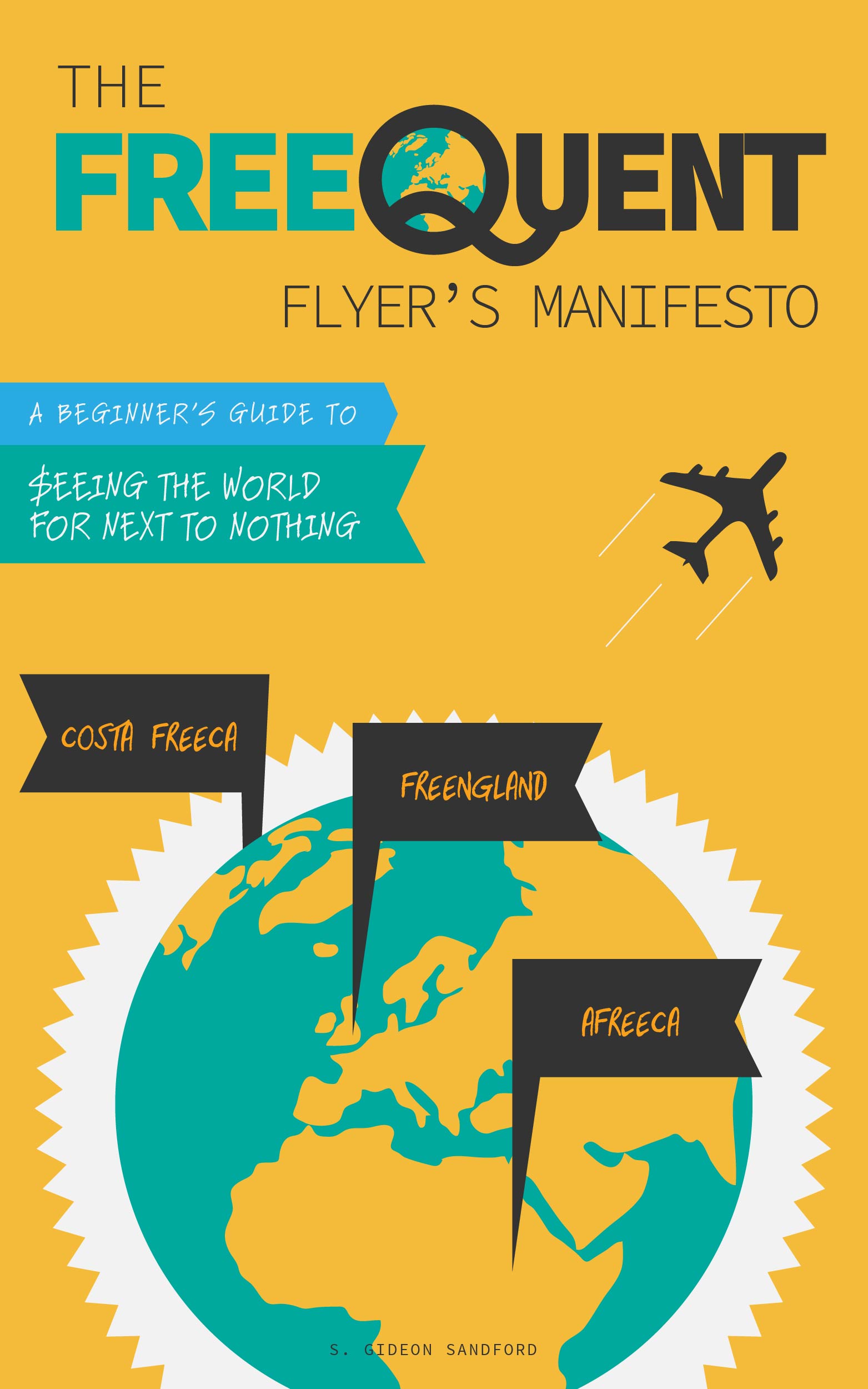Managing legacy and devalued Ultimate Rewards points balances
/On October 26, 2025, Chase devalued their Ultimate Rewards program by eliminating the fixed-redemption option of 1.25 cents per point when redeeming newly-earned points held in accounts linked to premium credit cards through their travel portal.
They did grandfather in points earned prior to the devaluation (including pending points), which are now tracked separately in the the Ultimate Rewards portal.
You can view your remaining legacy point total by clicking through to the Ultimate Rewards portal and clicking on the banner reading “There’s been an update to your point value when used for Chase Travel. See what's changed.”
If you have a lot of Ultimate Rewards-earning credit cards, then until you run out of pre-October 26 points, it’s worth thinking carefully about how you manage your point balances.
Premium Ultimate Rewards balances are now stacked: first-in-first-out
The most important thing to know about the devaluation is that all Ultimate Rewards transactions in each account are now paid out of your most valuable points first, regardless of how they are used: for Chase Travel redemptions, partner transfers, or combine points transactions.
Consider an account with 100,000 points earned prior to October 26 and 100,000 points earned after October 26. If you make a 100,000-point Chase Travel redemption followed by a 100,000 partner transfer, the points are worth $250 or $500 more than if you make the transfer first, followed by the Chase Travel redemption, because the first 100,000 points you redeem will always be your more valuable, legacy Ultimate Rewards points.
If you only have one premium Ultimate Rewards-earning card, then that’s all you need to know. But if you have multiple cards, even across multiple family members, as countless readers do, then you have more options.
Transfer newly-earned points to their own account
The simplest workaround is to keep newly-earned points in a different account from your remaining legacy points. For example, I have an Ink Plus account with my remaining legacy points, and an Ink Preferred account I can use to receive newly-earned points. Both allow partner transfers, but partner transfers from the first account would come out of my legacy points first. To the extent possible, I’ll transfer points from my Ink Preferred account before dipping into those legacy points.
Refundable Chase Travel reservations
Another possible option to preserve the value of your legacy points is to make refundable Chase Travel reservations. According to Chase’s FAQ:
“What happens if I cancel a redemption made with points eligible for 1.25x value on Chase Travel?
“Rest assured. If you cancel a redemption made after October 26th, 2025 with eligible points, they will be returned to your eligible points balance. However, If you cancel a redemption made prior to October 26th, 2025, the refunded points will not be added to your eligible points balance.”
This makes it sound like if you wanted to use your devalued points for a partner transfer, you could redeem your legacy points for a refundable reservation, make the partner transfer, then cancel the reservation and get your legacy points back.
I have not tried this, and can’t imagine I will have a need to do so, but if you have experimented with this technique please leave a comment and help inform other readers.
Conclusion: not all points are created equal
To a lot of travel hackers, this is all fairly academic: Ultimate Rewards points are so valuable when transferred to their travel partners that 1.25 or 1.5 cents per point is negligible compared to the value they get from Park Hyatt stays and first class flights.
I do some of that goofy stuff, but like most people, most of my travel is still seeing family and friends, and that means not having a lot of control over flight timing and award availability, so I’ve typically redeemed Ultimate Rewards points through Chase Travel once or twice a year, both on cheap flights and when award space hasn’t been available.
That doesn’t mean I’m going to hoard my legacy Ultimate Rewards points: they’re there to be used, and the least valuable point you’ll ever earn is the one you don’t redeem in time. But until the last one’s gone, I’ll certainly be combining points in my non-legacy accounts and transferring from there to partners as a first resort.


